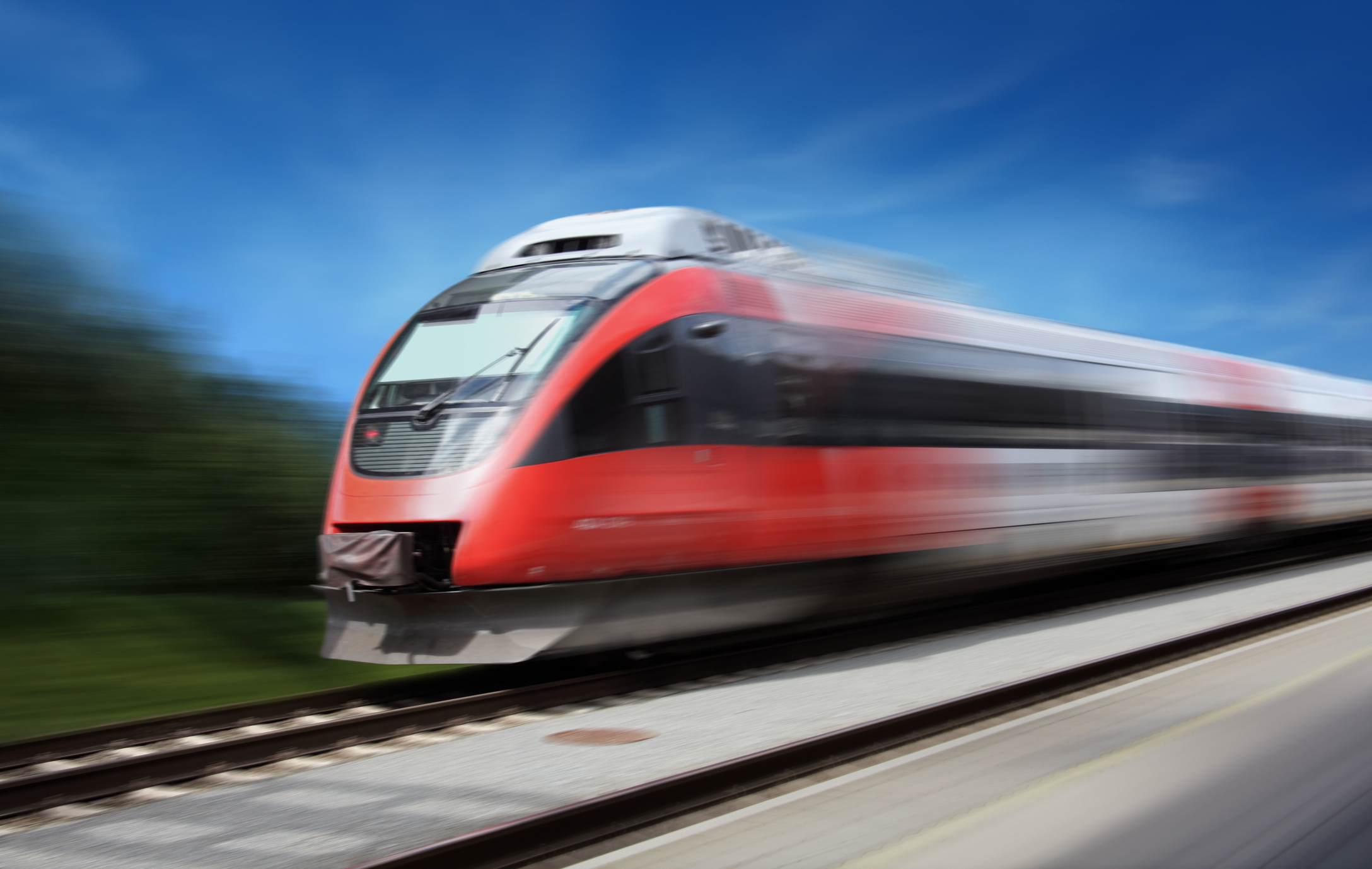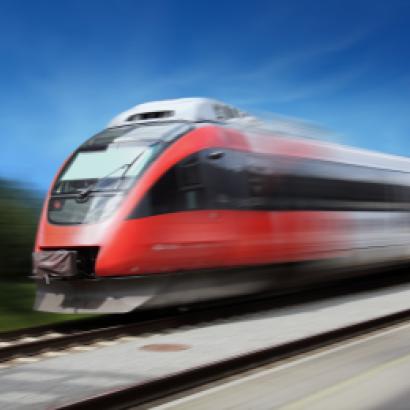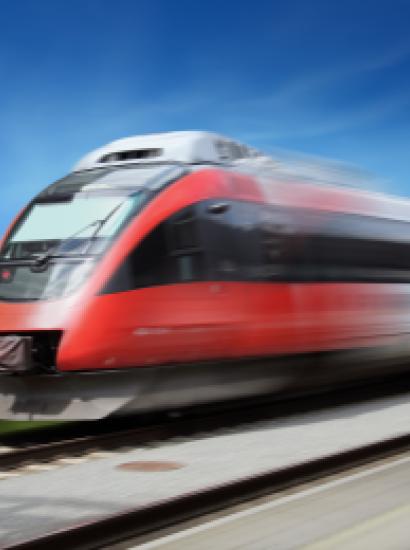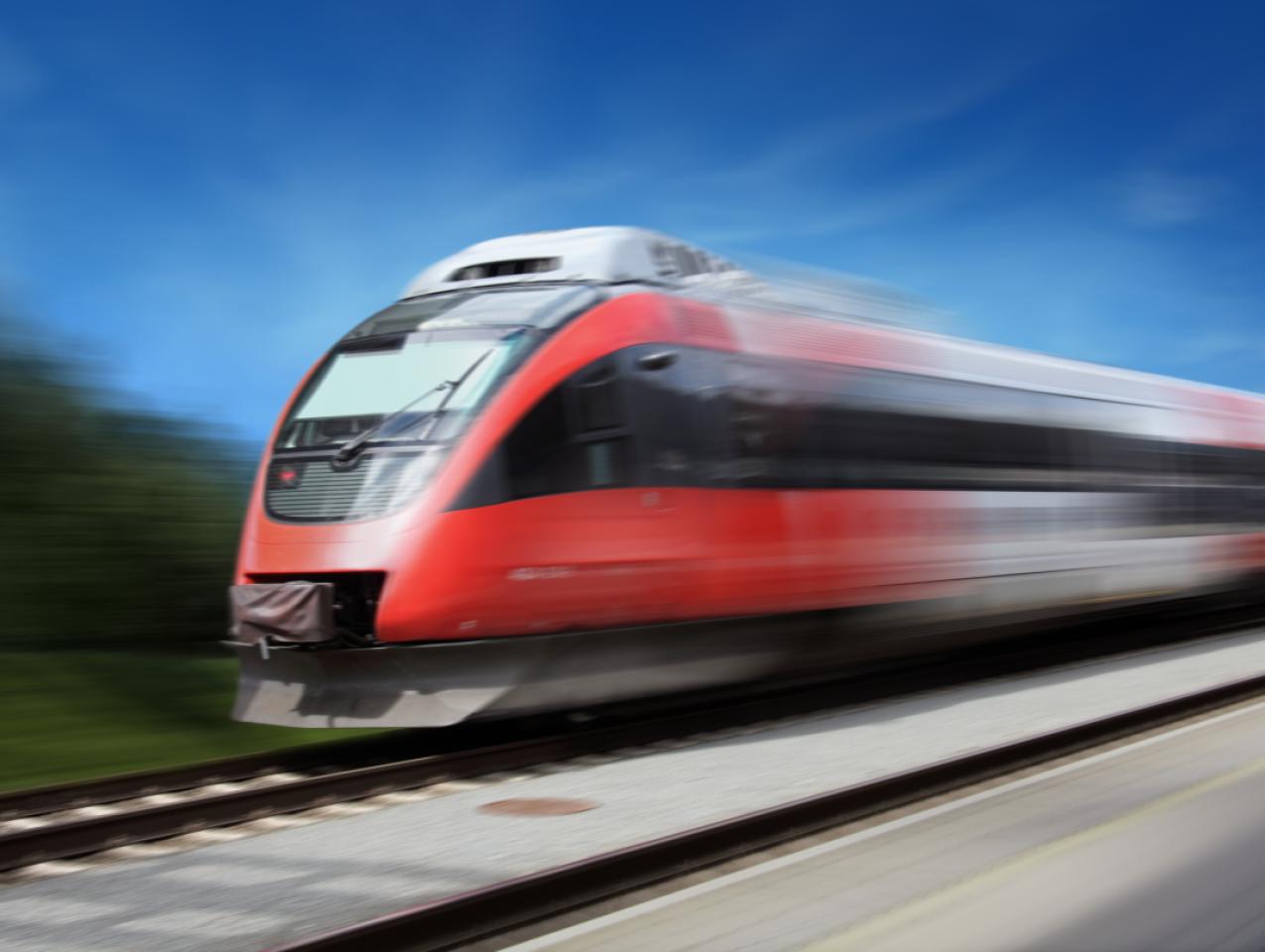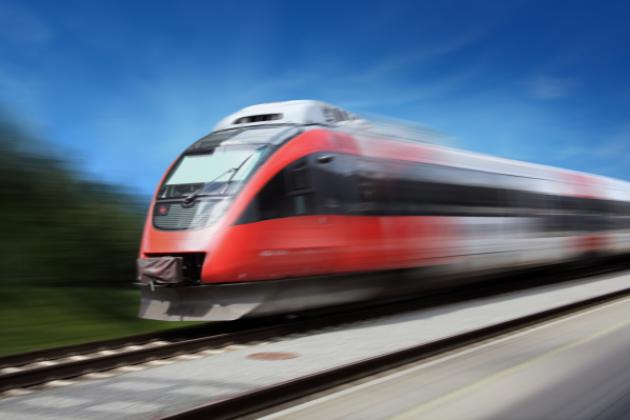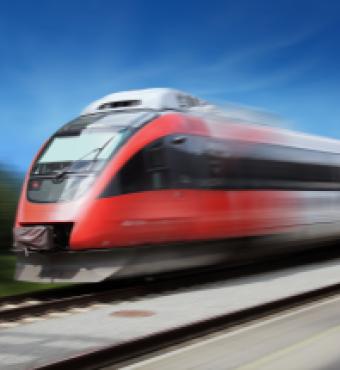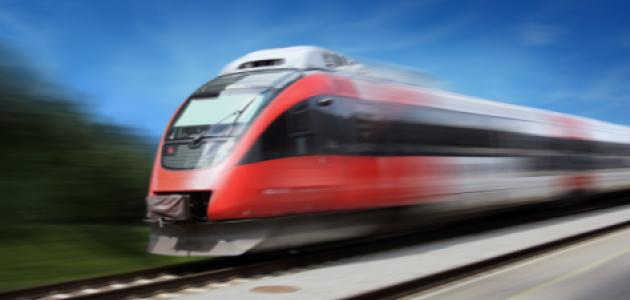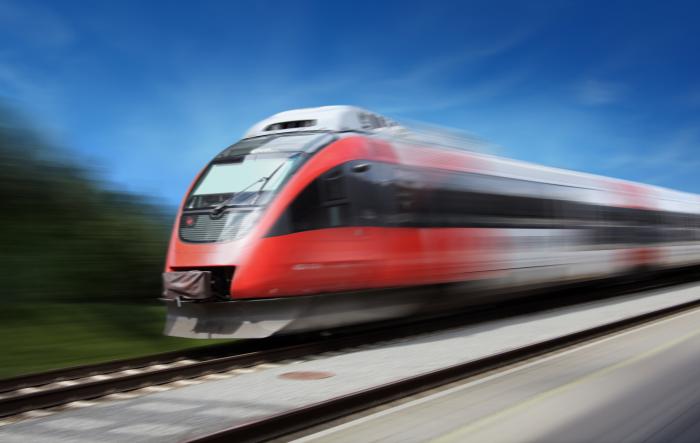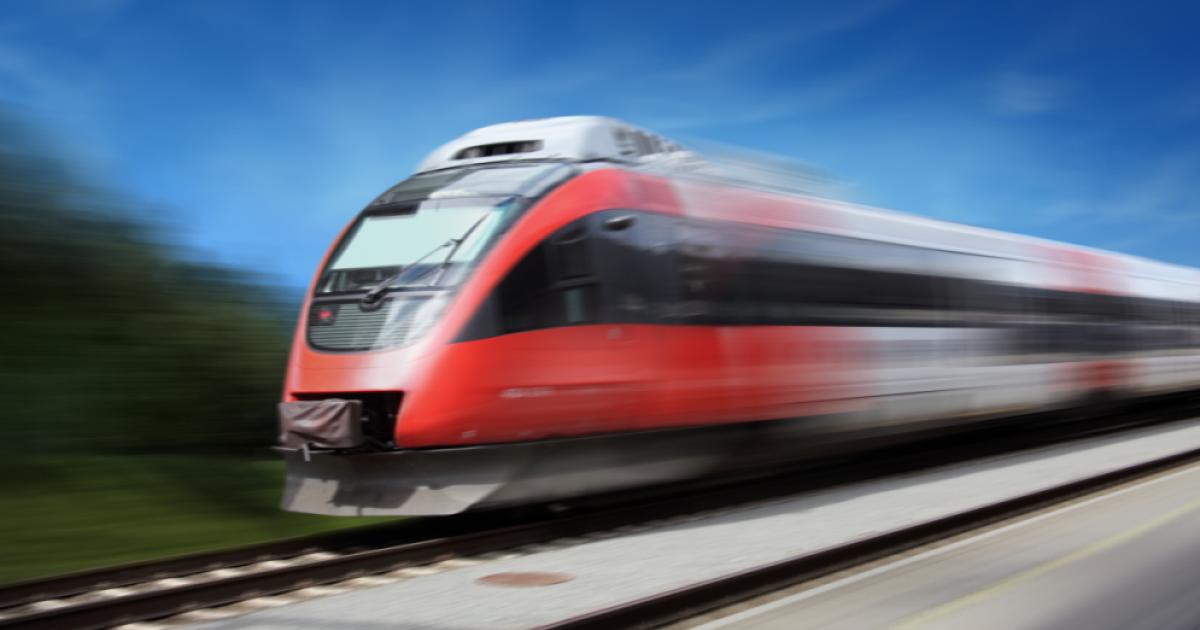- Energy & Environment
- Science & Technology
- Politics, Institutions, and Public Opinion
- State & Local
- California
California is a land not without its recurring events, be it grunions spawning on the beaches of Southern California, cliff swallows returning to San Juan Capistrano, or gray whales migrating off the coast.
There’s one other occurrence every year in Sacramento, though it’s related to human and not animal behavior: the annual demise of lawmakers’ plans to implement single-payer health care in the Golden State.
In 2022, it happened as follows: a measure to abolish the private health insurance market in the nation’s most populous state cleared a state Assembly committee, only to have the bill’s author reverse course and pull back the measure before it reached a floor vote.
This, in turn, prompted a flurry of speculation as to why the sudden U-turn—the most likely reasons being that the measure in question (formally, AB 1400—“Guaranteed Health Care For All”): (a) most likely would have failed to clear the Assembly, as majority Democrats were deeply divided over its merits; and (b) this would have led to incumbent Democrats who opposed the idea being “primaried” by angry progressives looking for payback.
One disappointment with a publicly financed health care system not becoming the law of the land in California: we’re deprived of the spectacle of watching its advertised cost (somewhere between $314 billion and $391 billion in state and federal funds, according to one legislative analysis) soar into the stratosphere as concept becomes reality.
Which takes us to a bit of California news that didn’t receive much fanfare last week: the Golden State’s plan to build a north-south high-speed rail system now sporting a $105 billion price tag, up from $100 billion just two years ago—and a far cry from the promised $40 billion cost when voters approved 2008’s Proposition 1A, a $10 billion down-payment on a bullet train that (in theory, at least) would zip between Los Angeles and San Francisco in two hours and forty minutes.
The question for California lawmakers this year and beyond: Can anyone come up with a feasible way of financing this most ambitious of infrastructure projects (the design calls for a rail system that, one day, would stretch from Sacramento to San Diego)?
There are three finance-related problems with the California plan.
First, the rail project is funded by revenue from California’s state cap-and-trade program, which requires polluters to buy permits to emit carbon. Why the carbon connection? Because high-speed rail proponents claim that, by running zero-emission trains powered by renewable electricity rather than “dirtier” diesel fuel, the high-speed trains will cut greenhouse gas emissions by as much as the equivalent of 1.9 million metric tons of carbon dioxide—the same as taking 400,000 cars off the road, rail boosters claim.
What’s misguided about being hooked on carbon, as it were: cap-and trade is hardly a reliable revenue stream given that its proceeds are auction-based and contingent upon market factors … good luck budgeting multiyear construction when the revenue source vacillates. This should sound familiar to Sacramento fiscal watchdogs who lament the state budget over-reliance on capital-gains revenues to finance ongoing spending (in laymen’s terms: should a bull market turn bearish, where does California make up the lost revenue?).
The second problem with California high-speed rail financing as is: much like Peanuts’ Linus Van Pelt eschewing trick-or-treating and waiting instead for the Great Pumpkin to appear, the expectation was that a California-friendly federal government would shower billions of dollars upon the Golden State so as to fast-track the fast train’s implementation.
This seemed more likely a year ago, given a new occupant in the Oval Office who’s fond of rail service and a House Speaker who hails from California (Nancy Pelosi’s Pacific Heights mansion is located about three miles from the Salesforce Transit Center and San Francisco’s high-speed-rail terminus). But a year into the Biden presidency, the high-speed windfall hasn’t materialized other than the new administration restoring nearly $1 billion previously earmarked for California that had been cancelled by the Trump administration. One sign of the dollar uncertainty is this missive tucked deep inside the California High-Speed Rail Authority’s latest draft business plan: “The Authority is in the process of refining its strategy for securing funding for all defined priority projects. By working closely with stakeholders, sister agencies, the California State Transportation Agency and the federal government, we believe we can access significant funds that can advance the program throughout the state.”
“We believe we can access” … ?
The path of least resistance for California would be for Speaker Pelosi to tuck billions in federal largesse for high-speed rail into whatever version of the “Build Back Better” plan emerges from Congress. But that’s assuming there is a BBB plan this year—and that Senate Republicans would allow California’s largesse to remain in a compromise deal.
Fine, then, what about a federal bailout in 2023? That only works if Pelosi and her fellow Democrats survive the midterm vote—and boost their numbers in the Senate so as not to need Republican buy-in. A more likely scenario: 2023 begins as 2022 ends, with a House Speaker who hails from California. Only, it’s Rep. Kevin McCarthy, a Bakersfield Republican who likens the rail project to a “boondoggle.” (McCarthy has suggested that Congress should repurpose federal high-speed rail funding to improve California’s water infrastructure.)
But Washington isn’t the only seat of government that’s rail-skeptical these days. Back in Sacramento, Governor Gavin Newsom and state lawmakers could be on a collision course over high-speed rail’s future.
Last year, lawmakers refused to grant a $4.2 billion appropriation necessary to keep construction of the first segment of the rail system on pace. Newsom, in his budget proposal released last month, called for releasing the money again—part of a larger transportation package that addresses local rail projects (that’s not a coincidence, as lawmakers last year suggested the $4.2 billion would be money better spent on urban projects).
At a time when Sacramento is spending money hand over fist (Newsom’s plan totals $286.4 billion; the state budget he signed last summer totaled $262.5 billion), the idea of saying no to a few billion in outgoing money that benefits a special interest (labor unions) sounds improbable—like walking into a bordello and flashing cash, only to go ignored.
Then again, standing up for the current incarnation of California high-speed rail puts lawmakers in the business of defending the indefensible. Or so the Wall Street Journal reminded us with a barbed editorial (“California’s Laughing Rail Stock”) that ripped into the program’s additional $5 billion cost. “Most of the plus-up, according to the rail authority’s business plan,” the Journal wrote, “is for environmental ‘mitigation,’ including changes to address the visual effects around the César E. Chávez National Monument, to ‘enhance noise barriers’ in the city of Tehachapi (population: 14,414), and to restore a stream along a hiking trail.”
Mockery aside (the first segment of the rail project, running as it would through less-populated stretches of the Central Valley, has been labeled a “train to nowhere”), Newsom did raise a valid concern during his first State of the State Address when he said the SF—LA route “would cost too much and take too long” (the full passage: “Let’s be real. The current project, as planned, would cost too much and respectfully take too long … Right now, there simply isn’t a path to get from Sacramento to San Diego, let alone from San Francisco to L.A. I wish there were.”).
That was three years ago, this very week—the governor, at the time, lamenting a $77 billion high-speed rail plan that he wanted scaled back.
Assuming Newsom earns a second term, who knows what he and lawmakers in Sacramento will have to say about a high-speed rail system that now will cost at least another $30 billion and climbing if it ever reaches completion?
It’s the problem with one-track minds: an unwillingness to accept that the train is off the rails.







